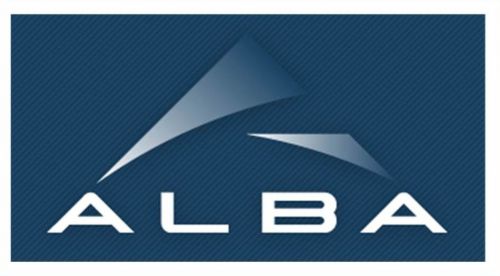
08/07/2016
The ALBA Synchrotron reveals the inside of hepatitis C-infected cells
The ALBA Synchrotron reveals the inside of hepatitis C-infected cells
There are now about 150 million people in the world infected with hepatitis C, a disease that can lead to serious liver problems and is currently the leading cause of the need for liver transplants.
Researchers at the Centro Nacional de Biotecnología of the CSIC (CNB-CSIC) and the ALBA Synchrotron have now looked inside an infected cell in three dimensions and seen how the virus greatly distorts some of its structures. The study has been recently published in the scientific journal ACS Nano.
In addition, the authors observed that some of the antiviral drugs most commonly used to treat hepatitis C (daclatasvir + sofosbuvir) can reverse these structural alterations
To generate this 3D map, the scientists used synchrotron light at ALBA. With the MISTRAL beamline, they used a new technique called soft X-ray cryo-tomography (cryo-SXT). This method can obtain 3D images of the entire cell in its natural state, that is, without chemical pretreatment, cutting or drying the cell.
"With this technique – now only available in four places in the world (the ALBA Synchrotron, Bessy synchrotron in Germany, Diamond in the UK and ALS in the United States) – we can do a tomogram of the cell (similar to a conventional CT scan but with a million times more resolution)", says Ana Joaquina Pérez-Berná, scientist at the ALBA Synchrotron and first author of the article.
Congratulations!
News based on the press release published by the ALBA Synchrotron
Researchers at the Centro Nacional de Biotecnología of the CSIC (CNB-CSIC) and the ALBA Synchrotron have now looked inside an infected cell in three dimensions and seen how the virus greatly distorts some of its structures. The study has been recently published in the scientific journal ACS Nano.
In addition, the authors observed that some of the antiviral drugs most commonly used to treat hepatitis C (daclatasvir + sofosbuvir) can reverse these structural alterations
To generate this 3D map, the scientists used synchrotron light at ALBA. With the MISTRAL beamline, they used a new technique called soft X-ray cryo-tomography (cryo-SXT). This method can obtain 3D images of the entire cell in its natural state, that is, without chemical pretreatment, cutting or drying the cell.
"With this technique – now only available in four places in the world (the ALBA Synchrotron, Bessy synchrotron in Germany, Diamond in the UK and ALS in the United States) – we can do a tomogram of the cell (similar to a conventional CT scan but with a million times more resolution)", says Ana Joaquina Pérez-Berná, scientist at the ALBA Synchrotron and first author of the article.
Congratulations!
News based on the press release published by the ALBA Synchrotron
More news
02/06/2021
Parc de l’Alba in a WHO publication on the redevelopment of contaminated sites
27/04/2021
Natura Bissé: when architecture reflects the brand identity
08/04/2021
ASTIP, the future hub for advanced research in the Barcelona Synchrotron Park
25/03/2021
4th anniversary of the setting up of Stradivarius headquarter in the Barcelona Synchrotron Park
05/03/2021
T-Systems, a leading IT service provider with a Data Centre in the Barcelona Synchrotron Park
18/02/2021
SENER participates in the Perseverance rover which is landing on Mars today









